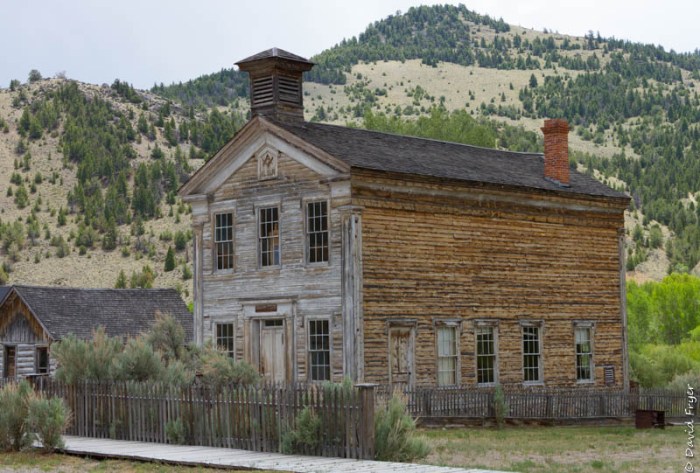
Ghost towns have never seemed very exciting to us. When we decided to stop in Dillon, MT many of our friends recommended that we go visit Bannack State Park because it was a ghost town and an interesting historic site. David and I took their advice and drove about 30 minutes to the state park. We expected to be there only a little while but we actually spent a good part of the day exploring the park.

Bannack was originally a booming mining town that was named for the Bannock Indians. Due to a clerical error in Washington D.C., the spelling of the town’s name was changed from “Bannock” to “Bannack.”

In 1862, John White discovered gold along the Grasshopper Creek. Once the news got out, miners and others flocked to the area. Many of them arrived via the Oregon Trail. At its peak Bannack had a population of about 3,000 people and was the principle social and commercial hub in the region. In addition to private dwellings, there were three hotels, a Methodist church, a schoolhouse (We couldn’t answer all the questions scrawled on the blackboards.), three blacksmith shops, three bakeries, two meat markets, a grocery store, a restaurant and brewery, a billiards hall, and four saloons. What more could you ask for?

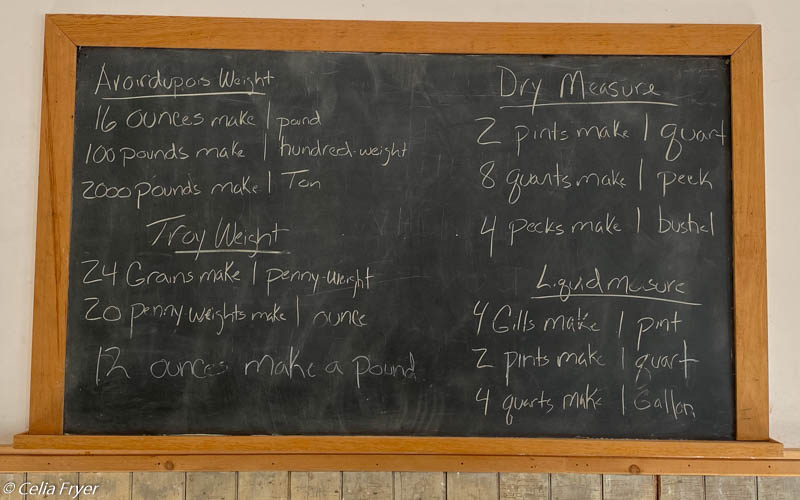
Can you answer these questions?

At the time Bannack was established Montana was part of the territory of Idaho. The residents wanted their own territory east of the mountains. In 1863, Sidney Edgerton, who was the Chief Justice in Idaho, petitioned Congress to create the territory of Montana and they granted his request. Bannack was the first capital of the territory and Edgerton was elected its first governor. The first legislature met there in 1864. Once miners discovered more gold deposits near Virginia City, they moved the capital there the following year. Although Bannack lost out to Virginia City, it remained an active mining town from the 1860s to the 1930s. People lived in the town into the 1970s.

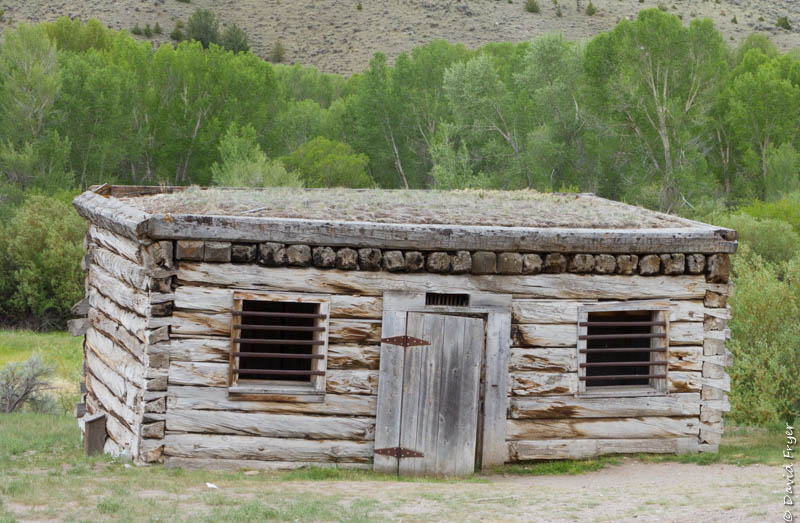

The men of Bannack established a Masonic Lodge there and it was a positive influence on communal life. One of their goals was to protect and defend the town from unscrupulous outsiders. They were not completely successful in their quest. Henry Plummer, one of the outlaws, managed to get himself named sheriff of Bannack and the nearby town of Virginia City. During his tenure, his band of 25 vile hooligans called the “Road Agents” terrorized the region. Plummer and his supporters infiltrated every group and mining camp. They would find out the schedule of gold shipments and the travel plans of wealthy people. Then the outlaws would intercept them along the road and either rob or kill them. One of the members of the “Road Agents” was Cyrus Skinner who ran one of the local saloons in Bannack. His establishment served as the “headquarters” of Plummer’s Road Agents. As a consequence of the perpetual violence, the Vigilante Committee was organized to bring Plummer and his gang to justice which they did in January of 1864. Some of the members of the Vigilante Committee were bound to be members of the Masonic Lodge as well.
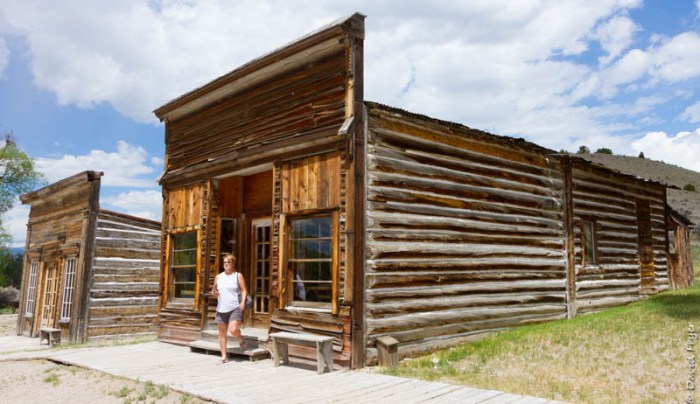
Today Bannack has no residents. In 1954, the state acquired the town and it is part of the Montana state park system. This ghost town has 60 historic structures and you can enter most of them. Some, not all, have period furnishings and artifacts dating back to Bannack’s heyday. Some are are relatively good condition but others have endured the ravages of time. Scattered around the town’s structures are remnants of mining equipment used to extract gold from the nearby mountains.
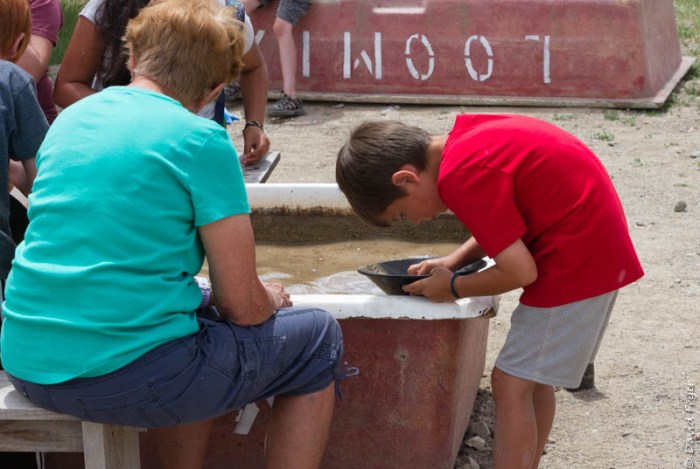
The state park offers guided tours during summer months. When we arrived, there was a large number of school-aged children who had come to learn about their state’s history. Their tour guides were ferrying them to different locations in town. They seemed to enjoy visiting the church and the schoolhouse but they were most excited to get to pan for gold. Just like the Bannack miners, the children were so happy that they had found flakes of gold that they could keep. Many of them proudly showed us the small bags containing the treasure they had discovered.


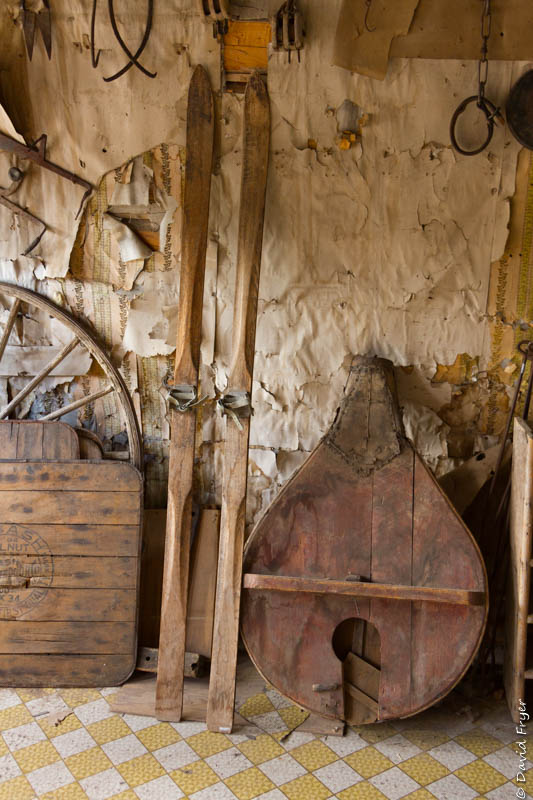
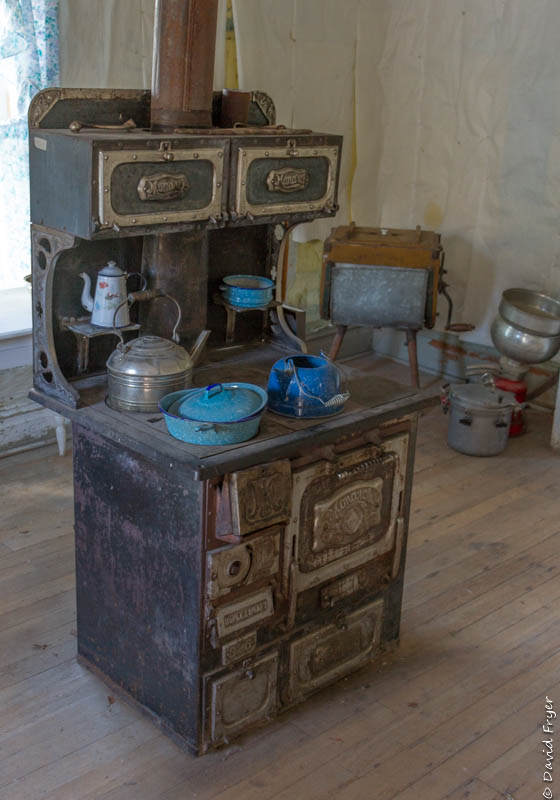
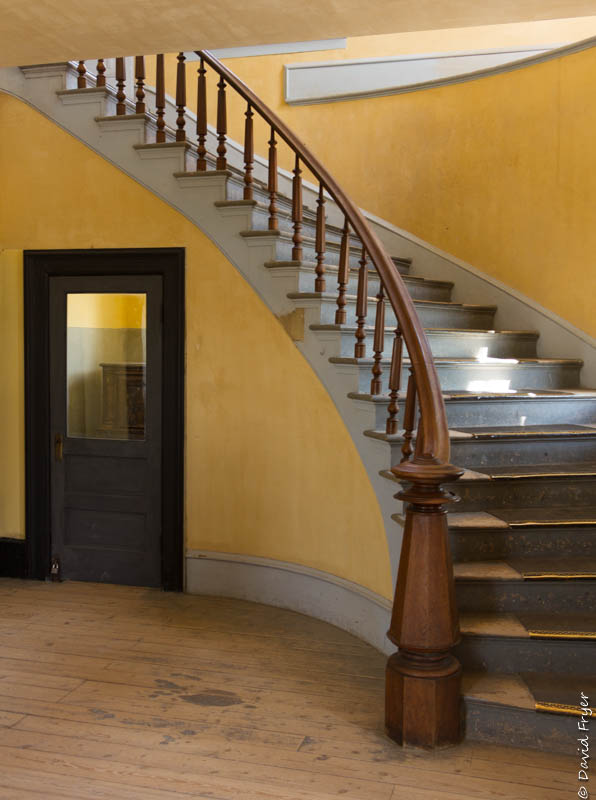
During the summer months, there are a number of special events at Bannack State Park. Every Saturday, the park presents a special program of music, star gazing, poetry, lectures, and demonstrations. The third weekend of July is Bannack Days which is a two day celebration of the town and its heritage. You can enjoy breakfast at the hotel and then see reenactments of pioneer life. You can learn how to weave baskets, to make candles, or to pan for gold. There are wagon rides, mock gun fights, gold mine tours, and lots of music throughout the day. Around Halloween, they also offer Ghost Walks through the haunted town.
In the state park, there are two campgrounds and some trails that you can hike. We were warned that rattlesnakes are present in the historic area so you should remain vigilant while there.
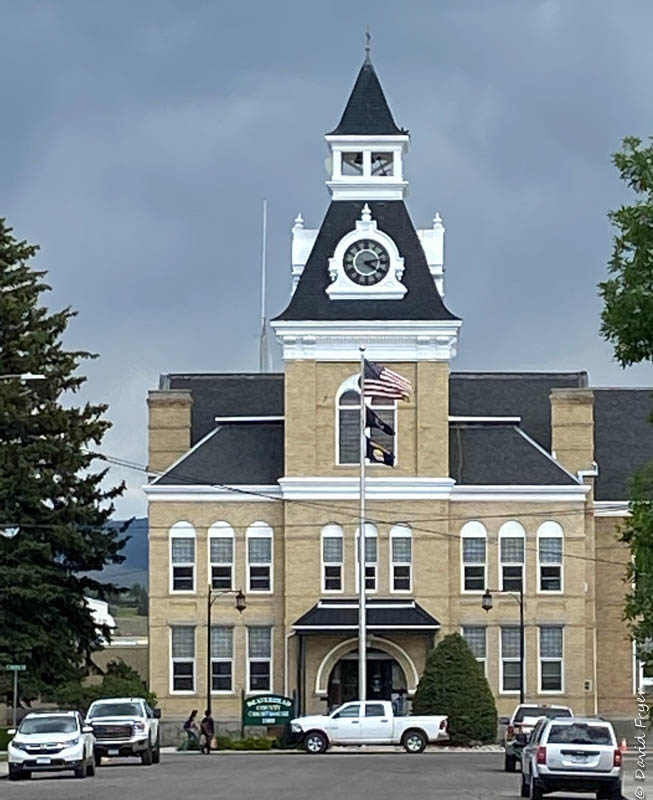


In 1881, Dillon beat out Bannack as the county seat of Beaverhead County. Founded in 1865, this county is the largest county by area in Montana. Dillon, MT was named for the President of the Union Pacific Railroad, Sidney Dillon. The town and its railroad became an important hub for transporting goods to and from the area. Once the gold and silver mines closed, the railroad continued to support the cattle and sheep ranchers. Forbes magazine called this town of about 4,000 residents one of “America’s Prettiest Towns.” Dillon’s downtown is quite nice. Many of the buildings, including the county courthouse, date back to the late 1800s and their facades are very unique. The Beaverhead County Museum is downtown near the 1909 Union Pacific Depot.

A number of other historic buildings and items have been relocated to this site and can be viewed near the Museum: a log cabin, a sheep herd’s wagon, a Union Pacific railroad car, farming equipment, etc. Interestingly, Dillon is the site of the national headquarters of the Great Harvest Bread Company and it also has a Patagonia outlet downtown.
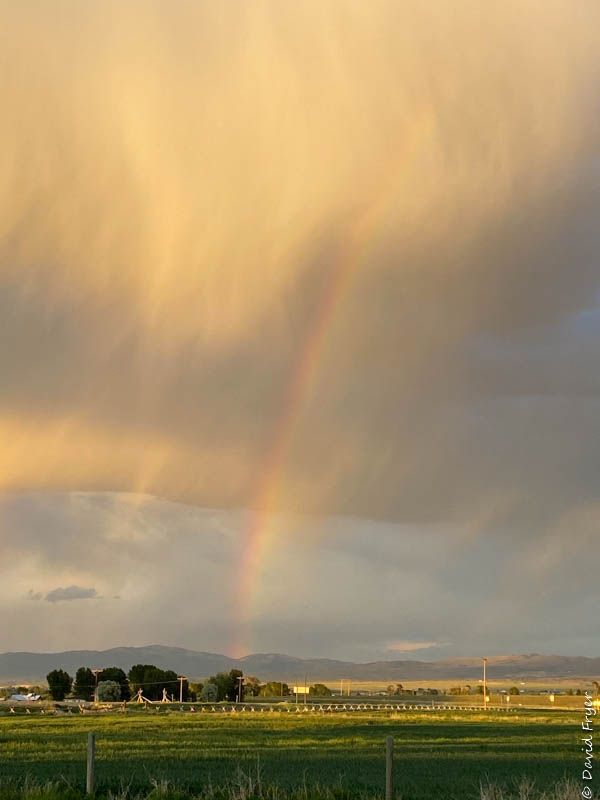
Our visit to the first state capital of Montana was not what we expected. Bannack was not “touristy” but rather was a unique historic site that gave us some insights into what life must have been like during the mining “boom” in Montana. Dillon was a cute town with lots of history of its own. Both of these towns were pleasant surprises.

I liked your Post here. Well done. Since I love snooping around Historical places, I’d love to go here. It’s a photographer’s dream. I do wonder if Ghosts from the past are there?
LikeLiked by 1 person